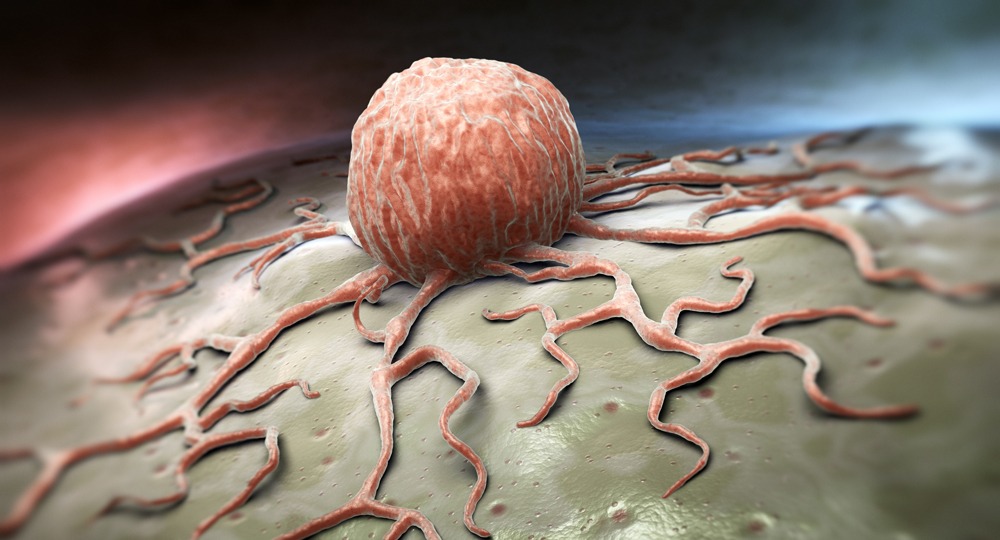Cancer Catcher - Early Detection of Circulating Tumour Cells

KEY INFORMATION
Healthcare - Pharmaceuticals & Therapeutics
TECHNOLOGY OVERVIEW
According to the World Health Organization, cancer is the second leading cause of death worldwide and about 1 in 6 deaths is due to cancer. Chance of survival is greater if tumour is diagnosed when it’s still confined to the organ of origin (stage I). Survival rates decline when tumours are getting larger and spreading regionally (stages II, III) or even distantly (stage IV). For example, 93% of colon cancer patients are alive five years after the disease is diagnosed, but this number drops to only 11% if the cancer is diagnosed late and has spread to other organs.
Circulating Tumour Cells (CTCs) are cancer cells shed from primary tumours into the bloodstream. They can be considered as an indicator of the presence of tumours during early cancer stage.
However, the blood-based or liquid biopsy detection of cancer has always been challenging due to the heterogeneity and small size of CTCs. There is an urgent clinical demand for a more efficient cancer-detecting method.
Our technology offers early cancer detection for patients, tracking cancer metastasis, cancer relapse, and giving prognostic information by making use of our patented nanoparticles for CTC catching. This technology enables surgeons to identify the cancer cells location precisely and navigate the whole isolation process in real-time under magnetic manipulation. Besides, combining our technology with the current commercially available CTC detection kit, the sensitivity of cancer detection could be significantly improved by 20 folds when compared with the existing technology.
TECHNOLOGY FEATURES & SPECIFICATIONS
A regular CTCs screening can be performed using only a few blood samples (7.5 mL). Some commercially available CTCs detection methods like CellSearch and AdnaTest have limitations and their sensitivity is only up to 70%. Besides, the captured CTCs cannot be further analysed due to the damage to CTCs during assay process.
In contrast, our unique technology captures most of CTCs, isolating different CTCs without relying on cancer markers expression. Identification and quantification of CTCs can also be achieved. Furthermore, without damaging the CTCs during the isolation process, the CTCs isolated could be used in single cell analysis and cell culture for further investigation.
Accounting for the benefits of CTC screening, it offers a rapid evaluation of post-surgical and therapeutic drug efficacy. Other than early cancer detection, it plays a monitoring role in drug resistance, cancer relapse and metastasis. Most importantly, it can be performed regularly in a non-invasive way. The screening outcome will be formatted into a customized report, providing full analytic results and representative cell images.
POTENTIAL APPLICATIONS
Our technology provides an easy and accurate means of early detection. It is beneficial to cancer patients, cancer survivors and people who are at high risk of suffering cancers for monitoring their health conditions.
It can be used with other cancer detecting tools (e.g. iFISH) to improve the sensitivity and specificity of detection. It could make a valuable contribution to early cancer diagnosis, monitoring cancer status and relapse, and treatment efficiency evaluation.
Early cancer screening using this technology can be introduced into routine body check-ups. In particular for the individuals with a family history of cancer.
We are actively seeking potential collaborations with hospitals, clinics and diagnostic centres, where people of interest could acquire CTC screening.
Unique Value Proposition
It is a non-invasive and fast way for early cancer detection. People can benefit from early cancer screening when this technology is used in routine clinical practice. Detecting cancer early can effectively reduce the mortality associated with cancer. Cancer diagnosed at a late-stage may result in lower survival, potentially greater morbidity and higher costs of treatment.
